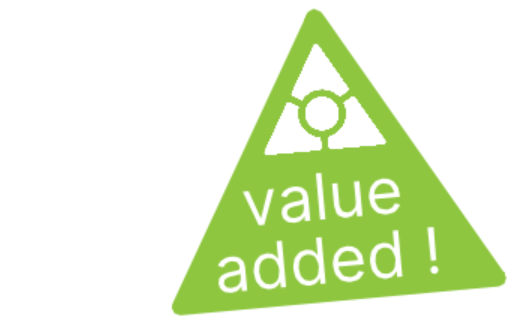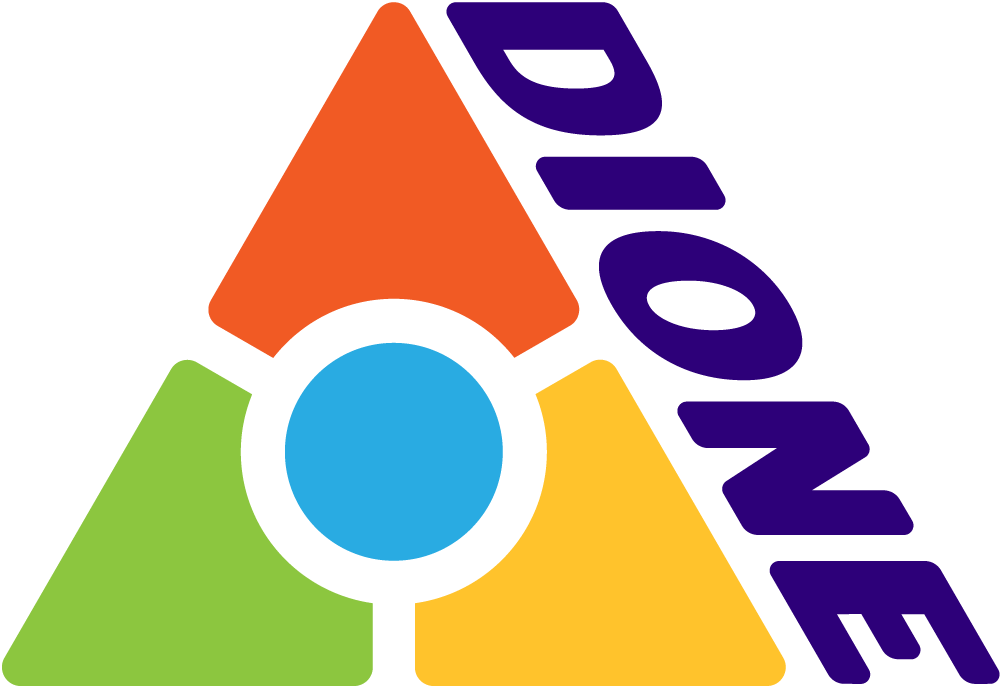Output 2: Course contents
Output No. 2 ist the central focus of DIONE. It aims at creating learning units on selected topics from the fields of language, literature and cultural studies. The topics will be combined with th research-relevant (digital) competences defined in IO1. These OER will contain topic-competence combinations that can be well integrated into existing or planned courses: they do not contain completely basic information nor are they too specific. Thus, they are ideally geared toward a topic-orientied virtual teaching collaboration.
We are currently developing the following course topics:
- Figurative Language
- Multilingualism
- Construction Grammar and Corpus-based constructional analysis
- Research methods
At DIONE, however, we do not simply create OER, but offer conceptual added value. All courses consist of modularised, pre-structured units in different versions for different audiences.
Kit “Figurative language”
The course “Figurative language” will focus on topic-centred collaboration at Masters level. The content will guide students through the different dimensions, theories and implications of figurative language and introduce them to examples from various linguistic contexts: taboos, ideology, language acquisition, humour, irony, similes and others. The course includes an overview of the development and key concepts in the study of figurative language and a series of thematic units linked to the respective method, for example discourse analysis and corpus linguistics.

Pre-structured units
Learning units in DIONE are usually based on university teaching. Each unit offers content and methodological elements as well as tasks and instructions for teachers. Units in the course “figurative language” are introduced by an introductory video and a clear formulation of the learning objectives. The main element is then an input unit followed by a test. As an interactive element that can be integrated into the teaching, an assignment, a small project or similar application-oriented activity is designed for each unit.
All course units will of course be made available as full-fledged OER. The content will be provided in different formats and will always be fully decomposable. Users can therefore adapt all content – be it images, maps, presentations or videos.
Kit “Multilingualism”
The course “Multilingualism” introduces the topic from two perspectives: On the one hand, societal multilingualism, which is linked to ethnicity, language policy, language minorities and standard language ideology. On the other hand, individual multilingualism, which ranges from language learning to language use and identity construction.
Through the thematisation of multilingualism, the course raises awareness of an understanding of the value and the challenge of multilingualism and highlights personal and political means to secure multilingualism, empirically demonstrated on historical and contemporary case studies.

Multiple audiences
Ideally, DIONE courses should also be offered in a version for a non-specialist and non-university audience. With the course on multilingualism, we are responding to one of the requirements of the European University Alliance Circle U., which has identified the future of higher education with a focus on multilingualism as one of its core topics. Through the course, non-linguists in the university will be able to understand the basic characteristics of both societal and individual multilingualism. This knowledge is also of current relevance for lifelong learning, so the course will also be offered in both academic and popular scientific language formulations.
Kit “Construction Grammar and Corpus Linguistics”
The course will include both an introduction to Construction Grammar, arguably the most dynamic grammatical theory at present, and an introduction to corpus-based constructional analysis. The pilot course in the summer semester 2022 faces the difficulty that the semesters in Berlin and Louvain overlap by only 4 weeks.

Modularization
The course kits in DIONE will be modularised for maximum flexibility of use. In this course, in addition to the general introduction into Construction Grammar, it will be possible to select different methods for one’s own teaching. Likewise, the examples of the introductory part will be accessible in modules which, on the one hand, go into more detail on different linguistic levels (e.g. morphology, syntax, text) and, on the other hand, present these examples in different languages. Currently planned are Dutch, German and Serbian examples. The course will be cross-linked with other course topics such as figurative language where parts of it will figure as one of the methodological modules.
